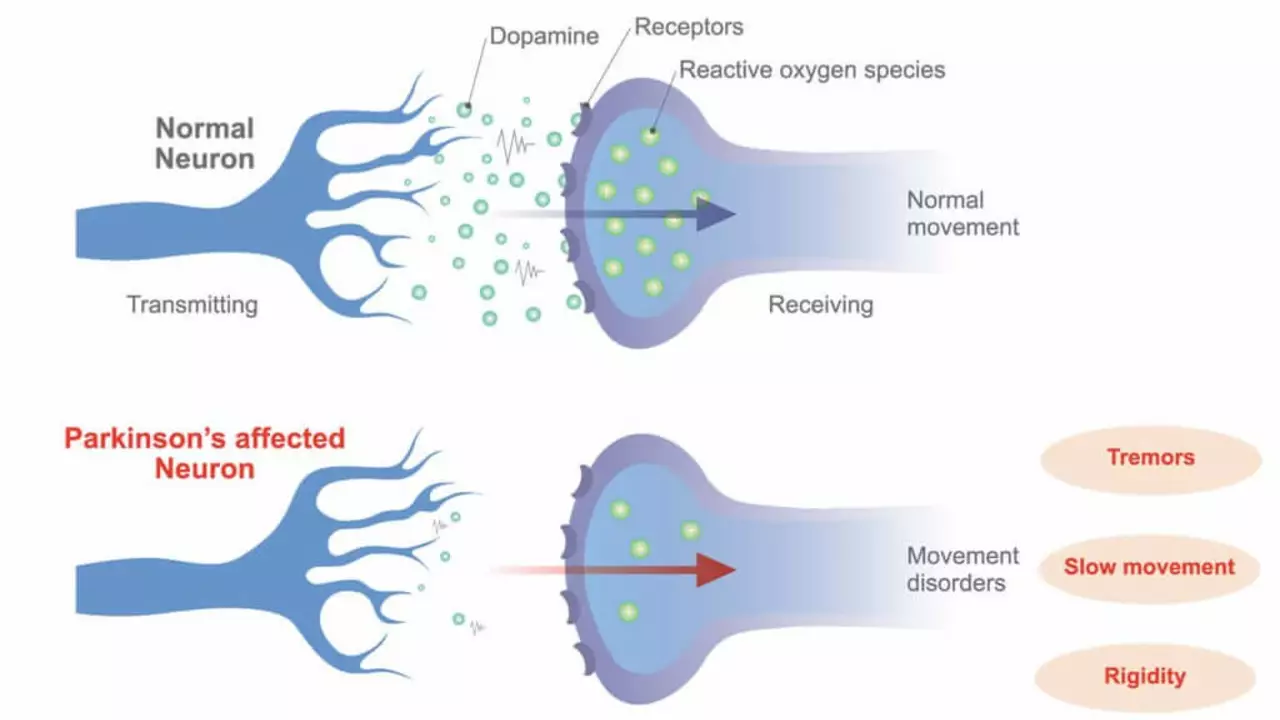Rasagiline — a clear, practical guide for people with Parkinson’s
Rasagiline is a once-daily pill used to treat symptoms of Parkinson’s disease. It belongs to a class called MAO-B inhibitors, which help raise brain dopamine levels and can ease slowness and stiffness. People use rasagiline either alone in early Parkinson’s or together with levodopa to reduce "off" time. Below you’ll find straightforward info on how to take it, what to watch for, and common drug interactions — no fluff.
How rasagiline works and who it helps
Rasagiline blocks the MAO-B enzyme that breaks down dopamine in the brain. By slowing that breakdown, it keeps dopamine working longer and can improve movement. If you’re newly diagnosed and symptoms are mild, your doctor might suggest rasagiline alone. If you already take levodopa and have fluctuations, adding rasagiline can smooth out some of those ups and downs. It won’t cure Parkinson’s, but it can make daily tasks easier.
Dosage, timing, and quick tips
Typical dosing is one tablet once daily. Take it at the same time each day, with or without food. If you miss a dose, take it as soon as you remember unless it’s close to your next scheduled dose — then skip the missed one. Don’t double up. People with significant liver problems usually need a lower dose or a different medicine; tell your doctor about liver issues.
Smoking and certain drugs can change how rasagiline works. Heavy smoking can lower its levels because tobacco activates liver enzymes that clear the drug faster. That may reduce its benefit.
Want a simple comparison? Selegiline is another MAO-B inhibitor with similar aims, but rasagiline is often preferred because it’s taken once daily and has fewer activating metabolites. Your doctor will pick what fits your symptoms and other meds.
Common side effects include headache, joint pain, indigestion, dizziness, and sometimes insomnia. Most are mild, but report anything that feels serious or new.
Watch for mood or behavior changes. Some people report depression or thoughts of self-harm while on Parkinson’s meds. If mood shifts happen, call your prescriber right away.
Drug interactions to remember: combining rasagiline with certain antidepressants (SSRIs, SNRIs, TCAs), certain pain meds (like meperidine or tramadol), or some cold medicines can raise the risk of serotonin syndrome or high blood pressure. Don’t start or stop antidepressants or opioid painkillers without checking with your doctor. Also avoid St. John’s wort and high-dose dextromethorphan while on rasagiline.
If you’re pregnant, breastfeeding, or planning to, talk to your clinician — they’ll weigh risks and alternatives. Always tell any healthcare provider you take rasagiline before new treatments or surgeries.
Bottom line: rasagiline is a convenient, once-daily option that can help with Parkinson’s symptoms and reduce off time when used with levodopa. Keep a simple list of your medicines, watch for interactions, and stay in touch with your doctor about side effects or mood changes.
The Role of Rasagiline in Slowing Parkinson's Disease Progression

In my latest blog post, I delve into the significant role that Rasagiline plays in slowing the progression of Parkinson's disease. This drug, often used as a primary treatment, works by increasing the levels of dopamine in the brain to help improve motor function. Not only does it alleviate symptoms such as tremors and stiffness, but recent studies also suggest that it may slow disease progression. However, it's important to note that while Rasagiline shows promise, it's not a cure and should be used as part of a comprehensive treatment plan. Stay tuned for more health-related insights and breakthroughs.
